Diagnostics: NuGIS – Assess Your Nutrient Balances
Nutrient use and its fate can now be tracked using the NuGIS model. In order to account for nutrients to adequately supply crop needs, while at the same time being better stewards of our environment, it is important to maintain a balance of nutrient inputs, removals and losses. The Nutrient Use Geographic Information System (NuGIS) provides a complete collection of the components of nutrient application and utilization on a geo-tagged basis for each county in the continental United States. The NuGIS balance can also be computed on an individual basis for each U.S. watershed. NuGIS is a free interactive [...]
Plant and Soil Health: Summary of Illinois Soil Tests Shows Potential Loss of Yields
Agronomists and growers need to be aware soil test levels for phosphorus and potassium are declining, as today’s high yields are drawing down more than is being supplied. With the assistance and cooperation of numerous private and public soil testing laboratories, the International Plant Nutrition Institute (IPNI) periodically summarizes soil test levels in North America (NA). Soil tests indicate the relative capacity of soil to provide nutrients to plants. The latest summary was for over 725,000 soil samples collected in 2015, including fields from Illinois. Therefore, this summary can be viewed as an indicator of the nutrient-supplying capacity or [...]
Agronomy: New Technologies for Soybean Producers
The 2016 InfoAg Conference, held in St. Louis in early August, brought together over 1700 participants from 20 different countries to learn about and discuss new ideas and technology for crop production. When we started these conferences 21 years ago, we didn’t anticipate where precision farming and information management would lead. What we dreamed about in 1995 was not even close to what we have developed and implemented since then. Presentations by 110 speakers and about 150 exhibits provided insight into how these technologies are impacting crop production around the world. Variable rate application of all inputs helps improve [...]
Agronomy: Evaluate New Soybean Production Practices on Your Farm
Continuing to improve soybean yields demands continued research to fine-tune production systems. That means a need to continue research at all levels − USDA, universities, industry and innovative growers. And that requires on-farm testing by local input suppliers and farmers. You can benefit from all of these programs to learn about new products, practices and ideas that may be implemented in your own soybean production system. Soybean production practices should be adapted to your own farm, under your management, with your own resources. General production guidelines available from university research and extension programs is a good place to start. [...]
Agronomy: What big data might mean for soybean productivity
Big data gives you the ability to capture information you can use to make decisions that improve the yield and profitability of your soybean crop. Success in soybean production today is becoming increasingly dependent upon data—data about varieties to choose, data about pest management under your production system, data about inputs, data about yield---all types of data that can be used to guide decisions before, during and after the growing season. With the technology tools available to farmers today, it is easy to collect lots of data for each field each season. Taking advantage of that data is part of [...]
Agronomy: Soybean Best Management Practices
Are you following the best management practices for conservation and nutrient loss reduction? Illinois farmers, the fertilizer industry and government agencies, along with agronomists and CCAs, are teaming up across the state to do their part in implementing the Illinois Nutrient Loss Reduction Strategy (INLRS) to help reduce surface water contamination and greenhouse gas emissions. While nitrogen fertilizer is not commonly applied for soybeans, the soybean crop uses a large amount of nitrogen (N), and management practices that reduce N loss from soybean crops are important to the INLRS. The goal is nutrient loss reduction, not nutrient use reduction. Supplying [...]
Agronomy: High Yield Soybeans — A Cure for Low Market Prices?
While higher yield overall is one of the “causes” of low soybean market prices, for the individual farmers, increasing yields is an important “cure” to help improve profits. Many yield increases cost little or no money. These come from paying attention to details, taking little steps to be sure no yield opportunities are overlooked. So how do you prepare to not overlook yield opportunities? Plan ahead. Too often we get busy at planting time and have problems with adverse weather, equipment breakdowns, and other “interferences.” We get into reactive mode and don’t have much time to plan. If you [...]
Agronomy: High Yield Soybeans—What’s Your “Model”?
After being the long-neglected “step-child” feeding on the leftovers from the corn crop, soybeans are beginning to gain respect as a primary crop on many farms. I think the opportunities to boost soybean yields may be even greater than for corn. But we have to learn to pay attention to the details first before investing in all the new products available. What is your “model” for soybean yield? In the 1970’s, I worked on the development of simulation modeling for predicting crop yields. Our models for corn and soybeans were based on the physiological processes in the plant, how [...]

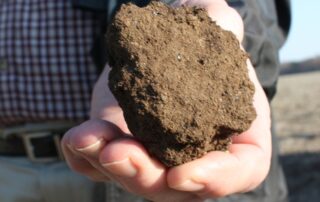
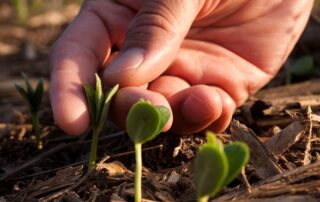
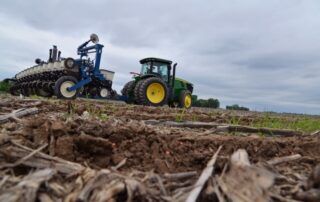
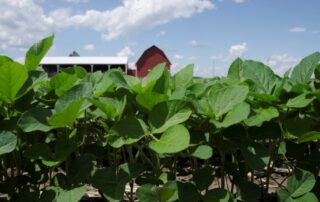
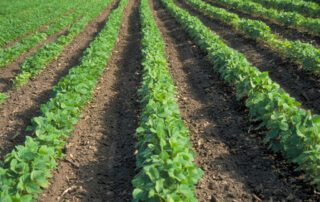
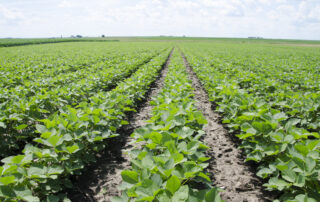
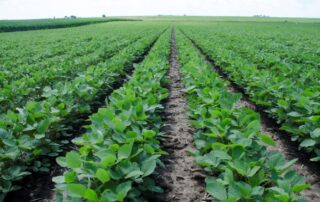

 and then
and then